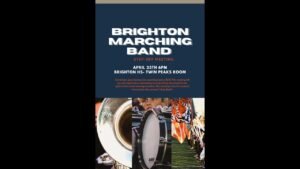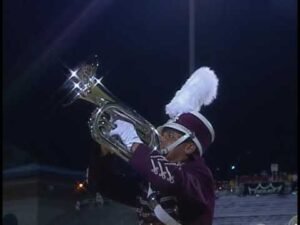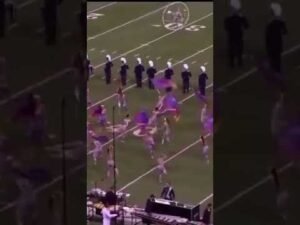Epic Bollywood Dancer | Epic Hindi Dance | Katakshapur kings.
4 min read
Epic Bollywood Dancer | Epic Hindi Dance | Katakshapur kings.
Dance is a performing art form consisting of purposefully
selected
sequences of human movement. This movement has
aesthetic and symbolic
value, and is acknowledged as dance by performers and observers within a
particular culture. Dance can be categorized and choreography, by its repertoire of movements, or by its historical
described by its
period or place of origin.
Theatrical dance. also called performance or concert dance, is intended forms of musical.
primarily as a spectacle, usually a performance upon a stage by virtuoso
dancers. It often tells a story, perhaps using mime, costume and
scenery, or else it may simply interpret the musical
accompaniment.
which is often specially composed. Examples are western
ballet and
modern dance, Classical Indian dance and Chinese and Japanese song and
dance dramas. Most classical forms are centred upon
dance alone, but
performance dance may also appear in opera and other
forms of musical
theatre.
X
Participatory dance, on the other hand, whether it be a folk dance, a
social dance, a group dance such as a line. circle, chain or
square interaction or exercise, of participants rather than for example, in the rave culture of electronic dance music,
dance, or a partner dance such as is common in western
Western ballroom
dancing, is undertaken primarily for a common purpose.
such as social
onlookers. Such
dance seldom has any narrative. A group dance and a
corps de ballet, a
social partner dance and a pas de deux, differ profoundly.
Even a solo
dance may be undertaken solely for the satisfaction of the
dancer. Participatory dancers often all employ the same
movements and steps but.
vast crowds
may engage in free dance. uncoordinated with those
around them. On the other hand, some cultures lay down strict rules as to the
particular
dances in which, for example, men, women and children
may or must participate.
Dance is generally, though not exclusively, performed with
the
accompaniment of music and may or may not be performed
in time to such
music. Some dance (such as tap dance) may provide its own
audible
accompaniment in place of (or in addition to) music. Many
early forms of
music and dance were created for each other and are
frequently performed
together. Notable examples of traditional dance/music
couplings include
the jig. waltz, tango, disco, and salsa. Some musical
have a
genres
parallel dance form such as baroque music and baroque
dance: other
varieties of dance and music may share nomenclature but
developed
separately, such as classical music and classical ballet.
All Indian classical dances are to varying degrees rooted in the
Natyashastra and therefore share common features: for
example, the
X
mudras (hand positions), some body positions, leg movement
and the
inclusion of dramatic or expressive acting or abhinaya.
Indian classical
music provides accompaniment and dancers of nearly all
the styles wear
bells around their ankles to counterpoint and complement
the percussion.
There are now many regional varieties of Indian classical
dance. Dances
like “Odra Magadhi”, which after decades long debate, has
been traced to present day Mithila, Odisha region’s dance form of Odissi
(Orissi).
indicate influence of dances in cultural interactions
between different
regions.
The Punjab area overlapping India and Pakistan is the
place of origin of
Bhangra. It is widely known both as a style of music and a
dance. It is
mostly related to ancient harvest celebrations. love.
patriotism or
social issues. Its music is coordinated by a musical
instrument called the ‘Dhol’. Bhangra is not just music but a dance, a
celebration of the
harvest where people beat the dhol (drum), sing Boliyaan (lyrics) and dance. It developed further with the Vaisakhi festival of the Sikhs. natima), a carefully crafted ritual reaching far back into Sri Lanka’s pre-Buddhist
The dances of Sri Lanka include the devil dances (yakun
past that combines ancient “Ayurvedic concepts of disease causation
with psychological manipulation and combines many
aspects including
Sinhalese cosmology. Their influence can be seen on the
classical dances
of Sri Lanka.
Two classical ballet dancers perform a sequence of The
Nutcracker. one
of the best known works of classical dance The dances of
the Middle East
are usually the traditional forms of circle dancing which are modernized
to an extent. They would include dabke, tamzara. Assyrian
classical dances
of Sri Lanka.
Two classical ballet dancers perform a sequence of The
Nutcracker, one
of the best known works of classical dance The dances of
the Middle East
are usually the traditional forms of circle dancing which
are modernized
folk dance.
Kurdish dance, Armenian dance and Turkish dance.
among others.
All these forms of dances would usually involve participants engaging
each other holding hands or arms







